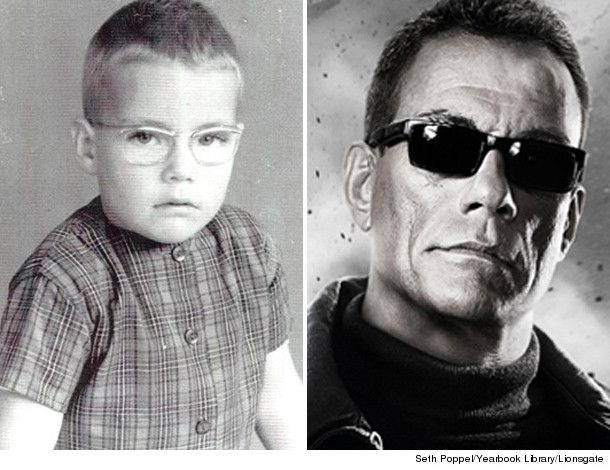Before becoming known as one of Hollywood’s most iconic action stars, Jean-Claude Van Damme’s early life followed a path few might have predicted. Born on October 18, 1960, in Sint-Agatha-Berchem, a suburb of Brussels, Belgium, Van Damme began his journey far from the bright lights of the film industry.
From an early age, Van Damme exhibited a deep interest in physical disciplines. Although he was not initially seen as the embodiment of a future martial arts hero—he was described as physically small and wore glasses—his interests soon began to shape a path that would set him apart. One of his most formative passions was classical ballet.

Early Training in Ballet
According to interviews Van Damme has given over the years, his introduction to ballet came at a young age. He reportedly trained for five years in this demanding art form. Ballet requires a high level of physical control, flexibility, and discipline—qualities that would later become essential to his unique performance style in action films. The physical control learned from ballet gave him a graceful, controlled presence, which would complement the precision required in martial arts choreography.
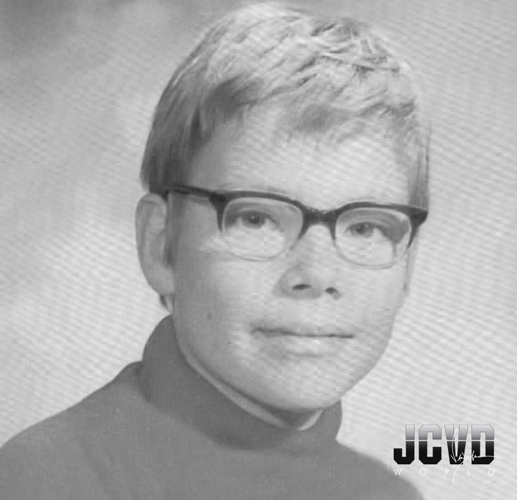
Transition to Martial Arts
Concerned about his son’s physical health and recognizing the importance of self-discipline, Van Damme’s father enrolled him in a karate school when he was around 10 years old. This decision had a major impact on his development. By the age of 18, Van Damme had earned a black belt in Shotokan karate, according to verified accounts of his martial arts background. He trained under Master Claude Goetz, one of Belgium’s respected martial arts coaches at the time.
In addition to karate, Van Damme later studied other combat disciplines including kickboxing and Muay Thai, and his competitive record reflects his skills. He participated in full-contact karate and kickboxing tournaments in Europe during the late 1970s and early 1980s. According to Black Belt magazine and martial arts sports records, Van Damme earned several victories during this period, helping establish him as a national-level competitor in Belgium.

Move to the United States
In pursuit of greater opportunities, Van Damme relocated to the United States in the early 1980s. His early years in Los Angeles were marked by persistence. He worked various jobs to support himself, including as a limousine driver and waiter, all while seeking a break into the film industry. During this time, he continued his martial arts training and began to make connections in the entertainment business.
His breakthrough came in 1988 with the film Bloodsport, which was based on the alleged life story of martial artist Frank Dux. While the veracity of Dux’s story has been debated, Bloodsport achieved commercial success and introduced Van Damme to a global audience. The movie’s success was followed by other hit action films including Kickboxer (1989), Lionheart (1990), and Universal Soldier (1992). These roles solidified Van Damme’s status as a major action film star.

A Distinctive Style
What set Van Damme apart from many of his contemporaries was not only his martial arts skill but also the physical fluidity and poise that likely stemmed from his early ballet training. His on-screen movement was precise, almost dance-like, and many fans and film critics have commented on his flexibility and high kicks as trademarks of his style.
Moreover, Van Damme’s performances often blended action with emotion. In interviews, he has credited music—especially the works of Beethoven—as an influence on how he approaches physical expression. While he is primarily known for action roles, his performances often included moments of reflection and emotional complexity, possibly shaped by his appreciation for both music and dance.
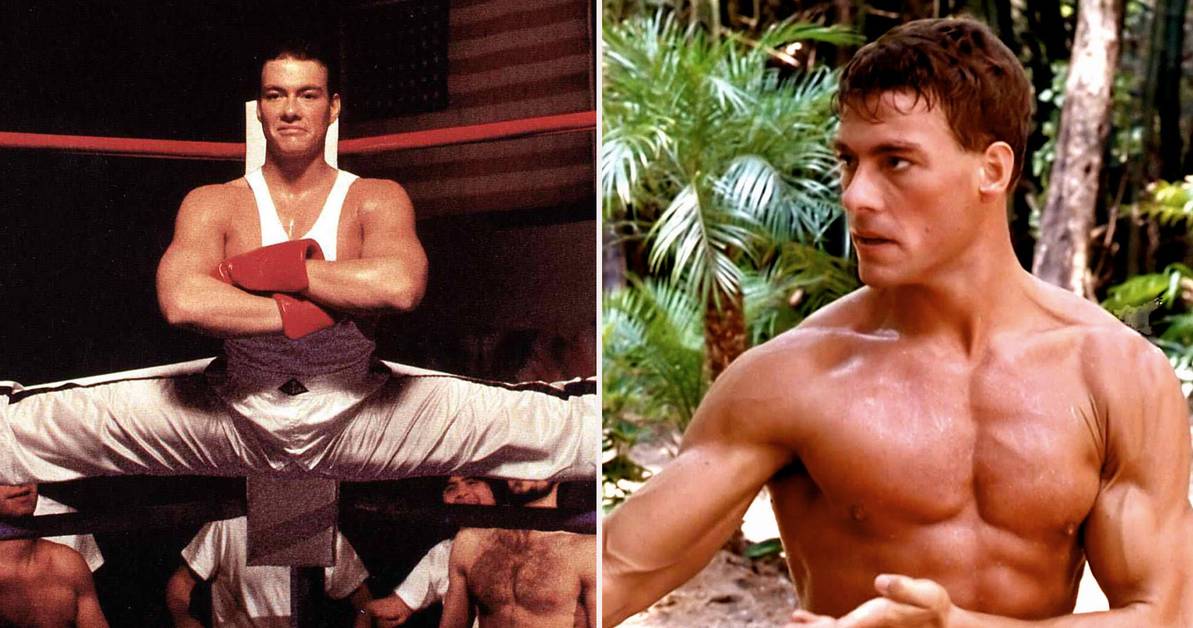
Legacy and Cultural Impact
Jean-Claude Van Damme became one of the most recognizable martial arts actors in the world by the 1990s. His films were distributed internationally and found large audiences not only in North America and Europe but also across Asia and Latin America. He contributed to the popularization of martial arts in cinema and inspired a generation of fans and martial artists.
In later years, Van Damme remained active in film and television, taking on both comedic and serious roles. In 2008, he received critical praise for JCVD, a semi-autobiographical film in which he portrayed a fictionalized version of himself. The film premiered at the Cannes Film Festival and showed his range as an actor capable of portraying vulnerability and introspection, contrasting with the tough persona he built in the 1980s and 1990s.
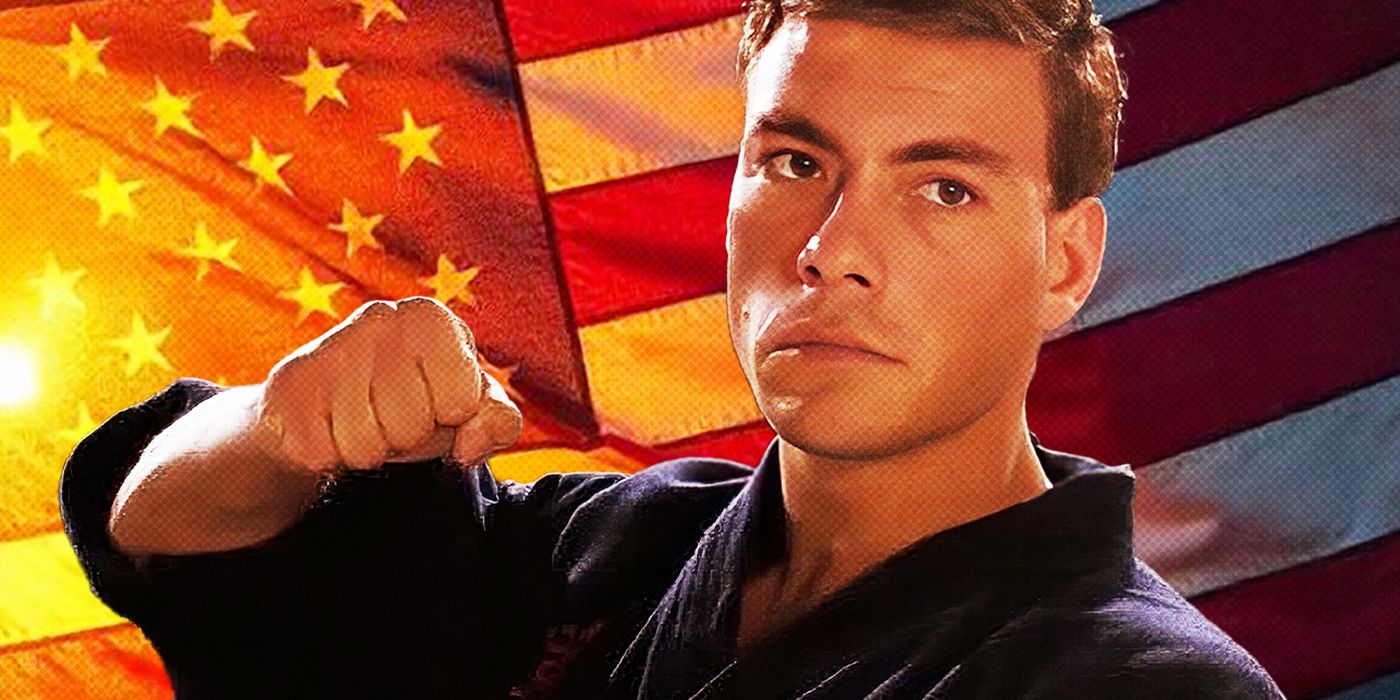
Personal Growth and Resilience
Throughout his career, Van Damme faced personal and professional challenges, including health and lifestyle issues. However, he has publicly spoken about overcoming adversity and refocusing on wellness and creativity. His journey—from a shy boy passionate about ballet to an international action star—demonstrates that personal growth often involves unexpected twists.
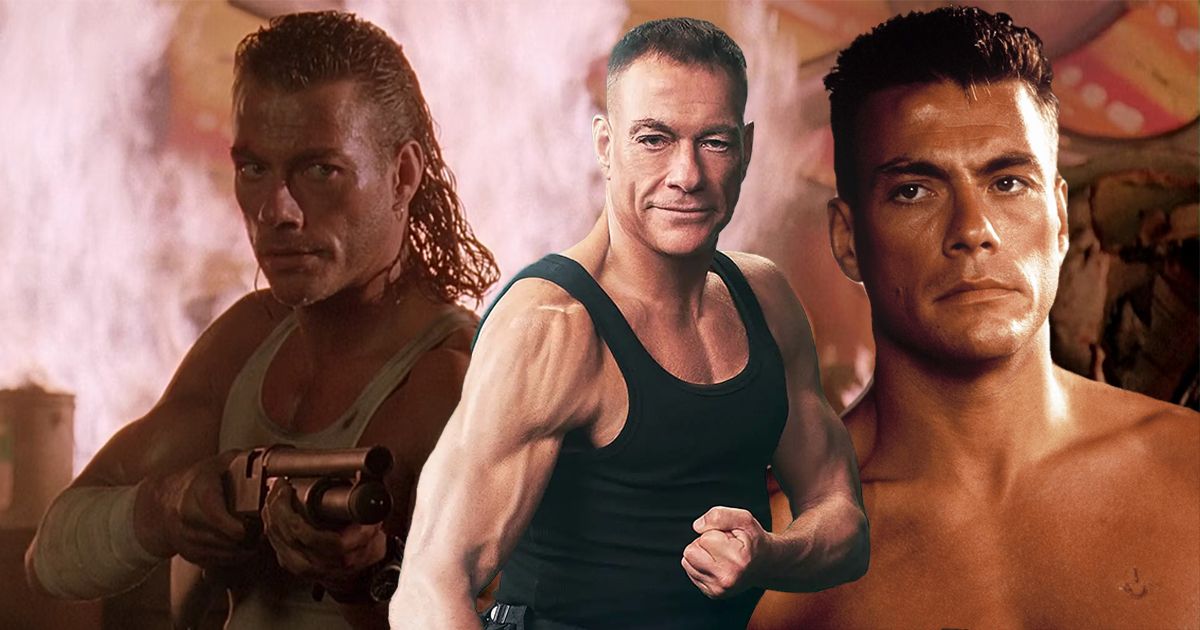
A Story That Inspires
Jean-Claude Van Damme’s life is a testament to the power of discipline, creativity, and perseverance. From ballet studios in Brussels to karate dojos and Hollywood sets, he built a career by combining diverse influences into a distinctive identity. His story illustrates that success in any field can come from embracing one’s passions, even if they don’t fit conventional expectations.
In a culture that often places people in rigid categories, Van Damme’s blend of athletic strength and artistic expression stands out. It reminds audiences that inner confidence and resilience matter more than outward appearances or early judgments.
